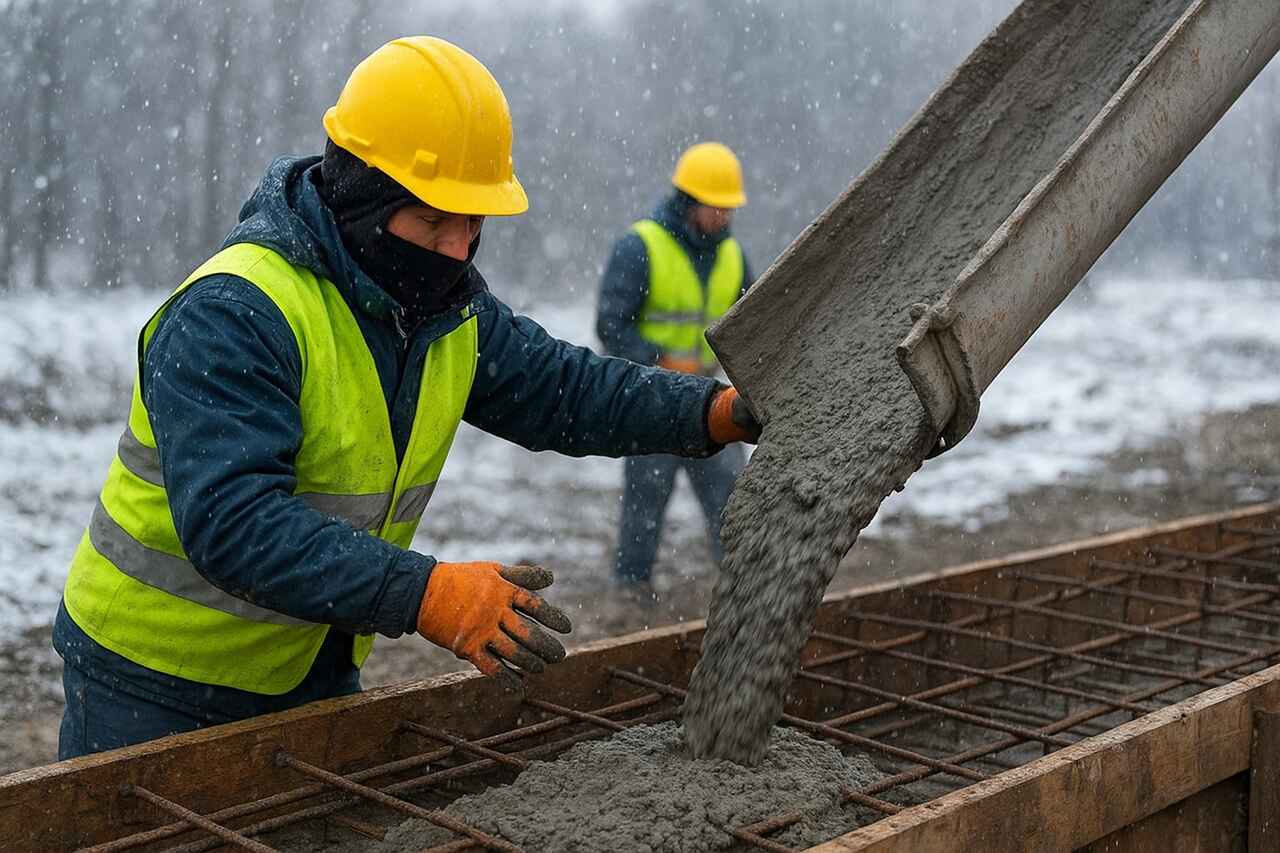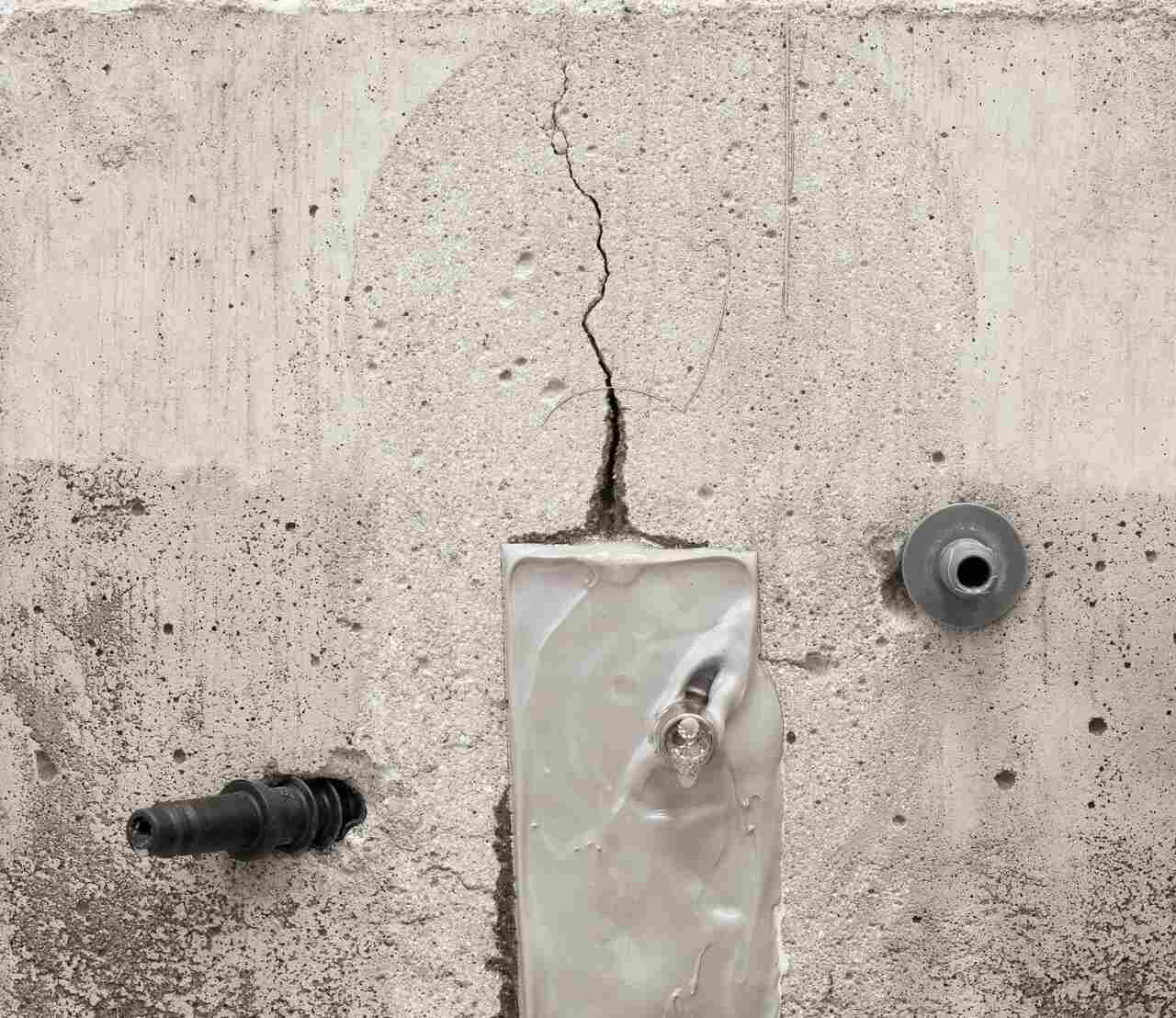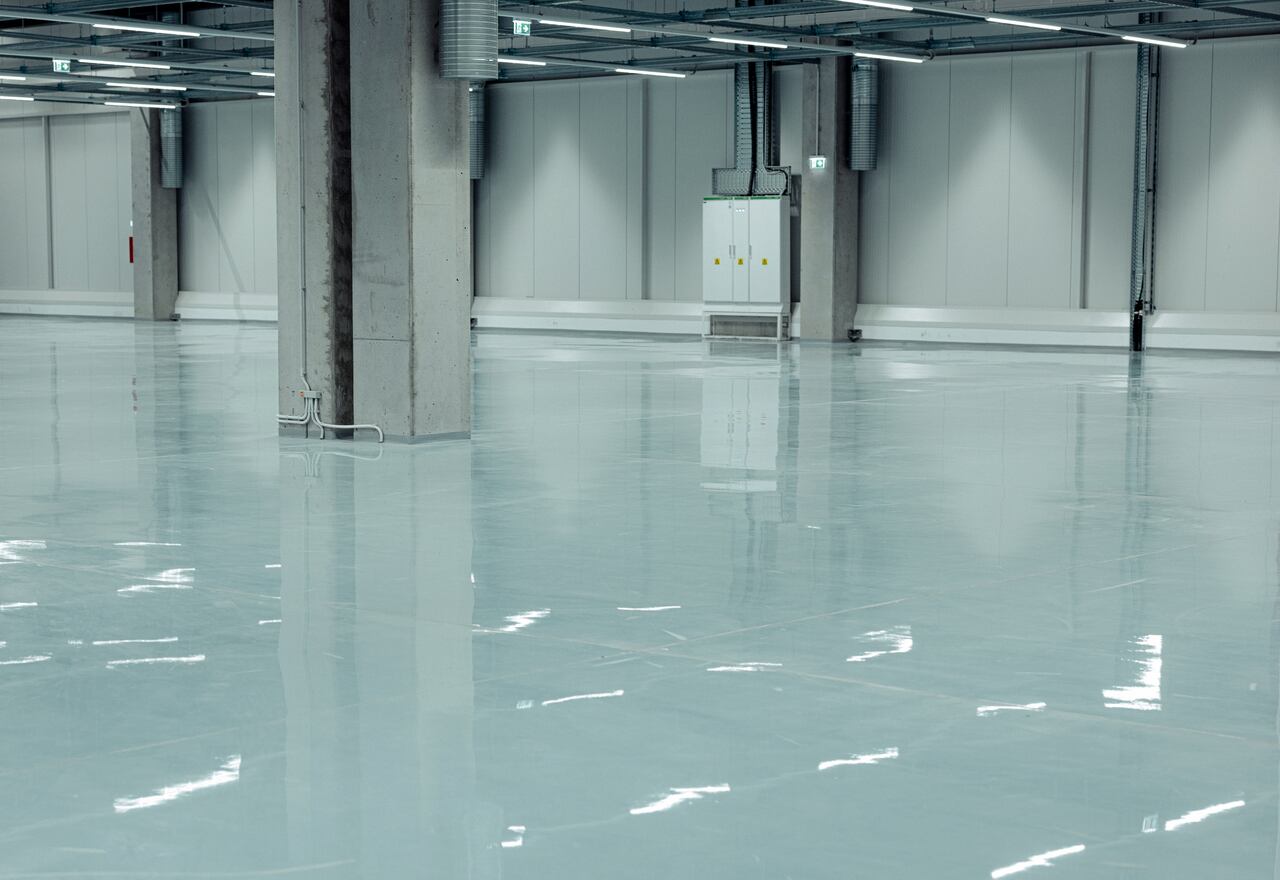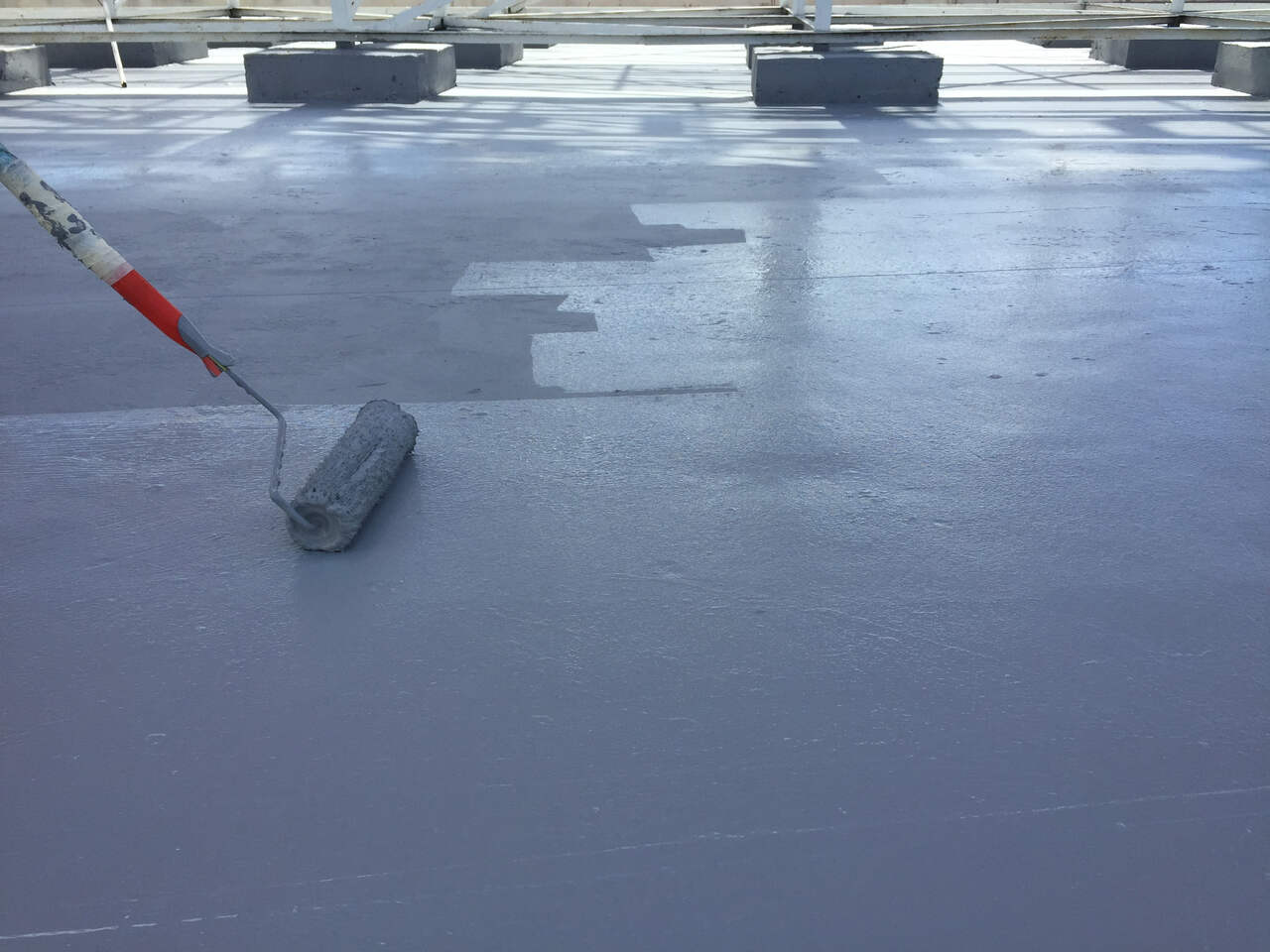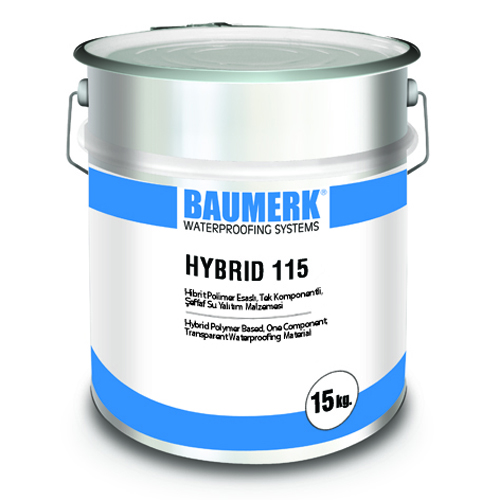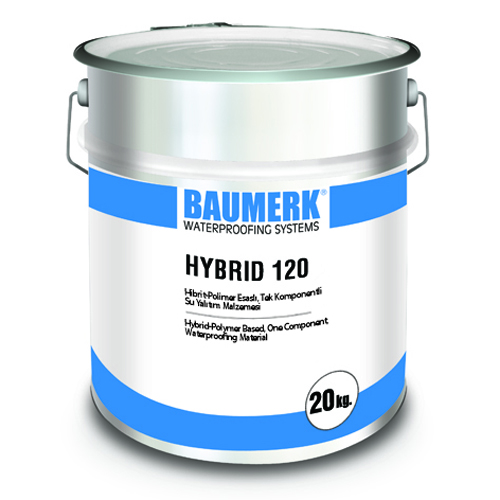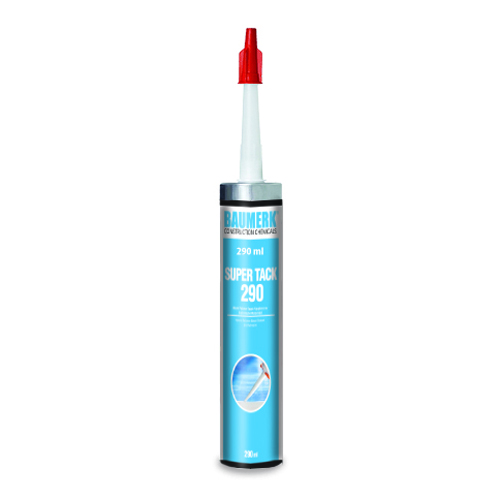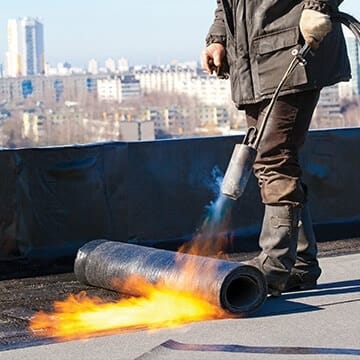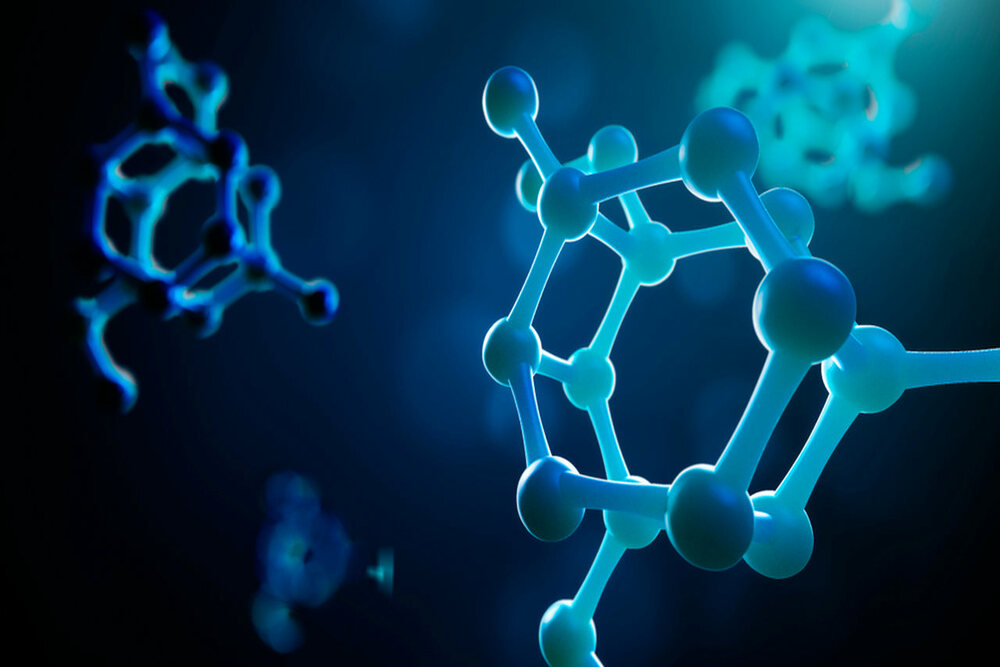
What is a polymer is one of the most frequently asked questions by most people dealing with construction chemicals. Polymer, which is very common in building materials, is also included in the structure of many products used in daily life. Polymer, which has two different types as natural and synthetic, is even found in our DNA.
As Baumerk, the construction chemicals specialist, we will answer the question of what is a polymer in our article, while also explaining its areas of use and how they are used. After reading our article, you will be able to understand what the polymer, which is found in many of the materials used in building projects, contributes to the structures.
For detailed information about mastic, another frequently used building material, you can read our article titled What is Mastic? Where is Mastic Used?
What is a Polymer?
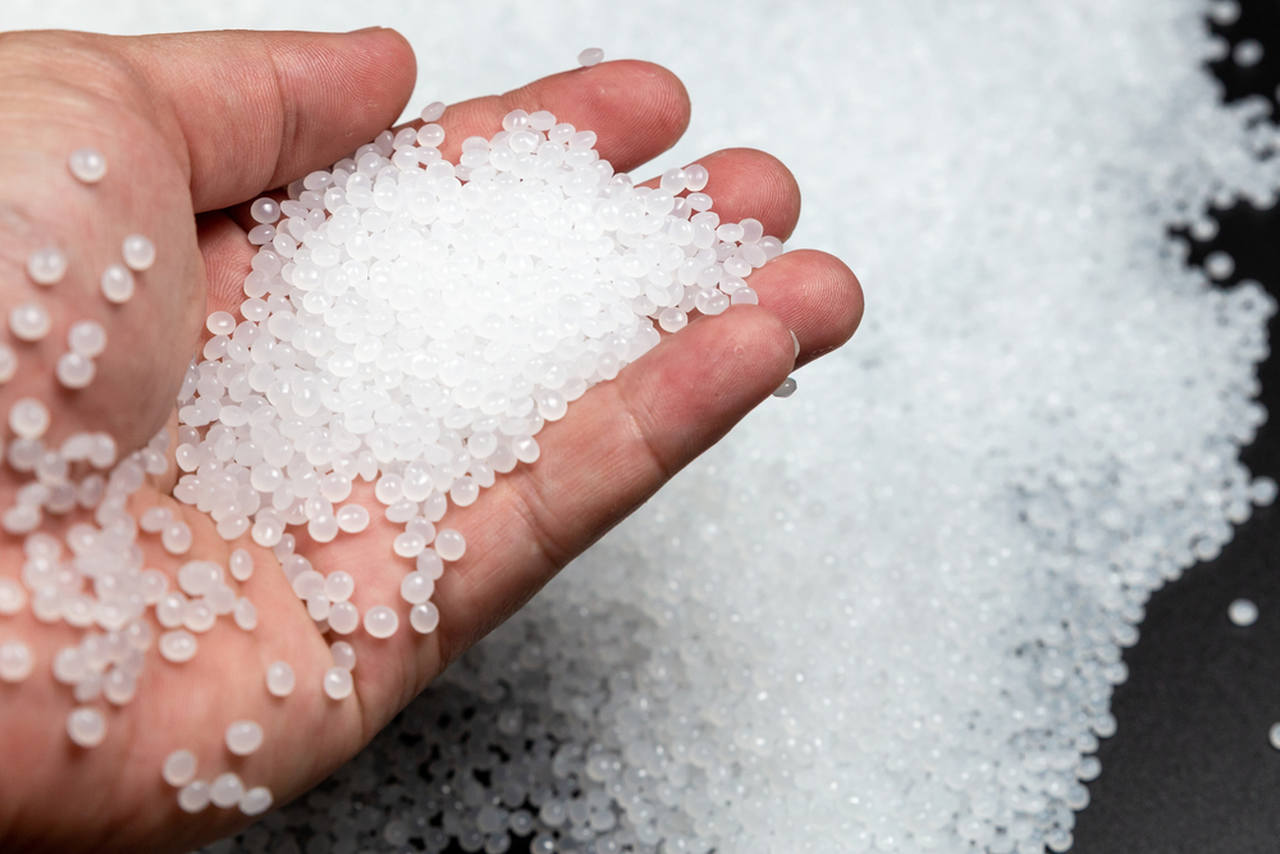
The answer to the question of what is a polymer as a word meaning can be given as a combination of the Latin words "poly" meaning many and "mer" meaning repetitive units. Polymer is often used synonymously with plastic or resin in the construction chemicals industry. In fact, the polymer includes a range of materials with various properties. They are found in many household items used in everyday life, clothing, toys, and most importantly in construction materials used for insulation.
A polymer is a chemical compound whose molecules are linked together in long, repeating chains. Due to their structure, polymers have unique properties that can be adapted for different uses. Polymers are divided into two types: natural and synthetic. Rubber, for example, is a natural polymeric material that has been used for thousands of years. It has excellent elastic qualities as a result of the molecular polymer chain created by nature.
The most widely available natural polymer on Earth is cellulose, an organic compound found in the cell walls of plants. Cellulose is often used in the production of materials such as paper products and textiles. Man-made or synthetic polymers include materials such as polyethylene and polystyrene, the most common plastics in the world, found in most products. Some synthetic polymers are pliable, while others have a permanently rigid structure.
What are the Characteristics of Polymers?
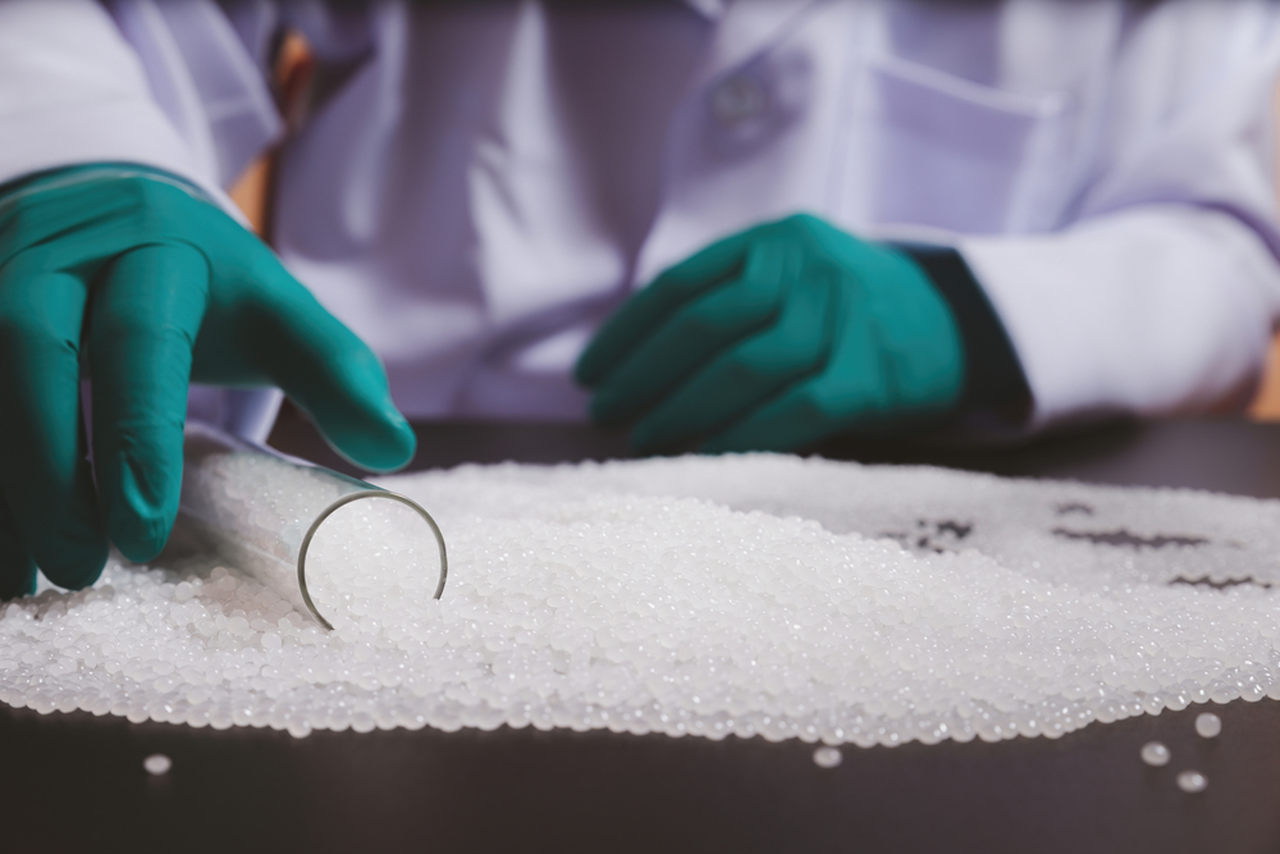
The functionality of materials that increase durability in building projects is very important. The components of the chemical substances that increase the lifespan of buildings and make living spaces comfortable must also be at a sufficient level. Therefore, polymer materials stand out with many different properties. Polymers that can be produced in a chemical environment can have the desired properties depending on the area of use.
Thanks to these properties, polymers become resistant to harsh impacts that can be encountered in use and become among the most suitable options for the production of construction chemicals. Polymer-based building materials that are resistant to water and chemicals are therefore very popular.
What are the Types of Polymers?
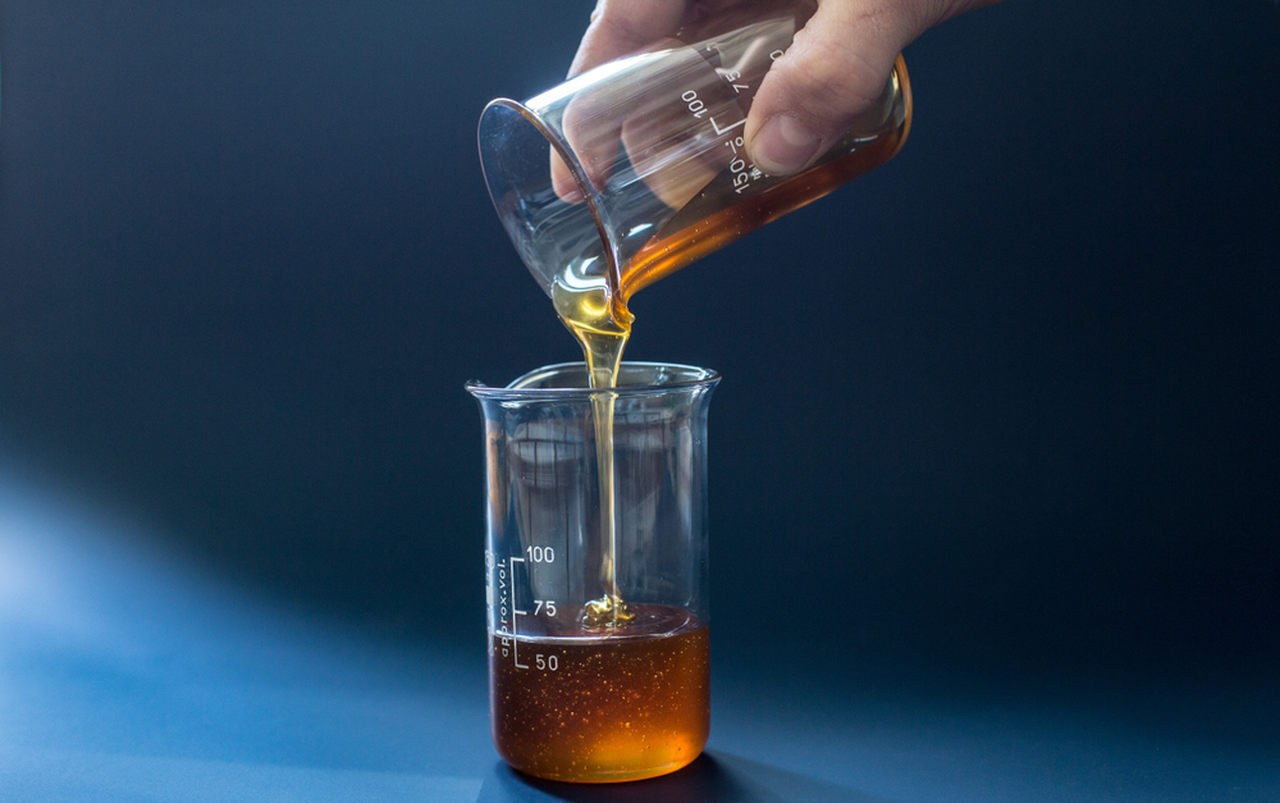
In addition to the questions of what is a polymer and what are its properties, another important issue to be answered is what are the types of polymers available on the market. Polymers are divided into 2 main classes: thermoplastics, and thermosets. The most important factor that makes the difference between these polymer types is their reaction when they encounter heat.
1. Thermoplastics
Thermoplastics are a resin that is solid at room temperature but becomes plastic and soft when heated. After being processed, usually by injection molding or blow molding, thermoplastics take the shape of the mold into which they are poured as a melt and solidify into the desired shape by cooling. The important aspect of thermoplastics is that they can be reversed, reheated, re-melted, and reshaped.
While thermoplastic polymers provide advantages such as high impact strength, flexibility, reshaping capabilities, and resistance to chemicals, they also have disadvantages such as softening and melting at low temperatures.
2. Thermosets
The main difference between thermoset and thermoplastic polymers is their reaction to heat. Thermoplastic polymers soften with heat and turn into a liquid form. The curing process is therefore reversible, meaning they can be remolded and recycled. When placed in a mold and heated, the thermoset solidifies to the specified shape, but this solidification process involves the formation of specific bonds called cross-links, which hold the molecules in place and change the fundamental nature of the material.
In other words, thermoset polymers have a structure that prevents them from melting and remolding while curing. After curing, they retain their shape under heat and remain solid. Thermosetting polymers are more resistant to high temperatures, have dimensional stability, and cannot be reshaped or straightened.
Areas of Polymer Use
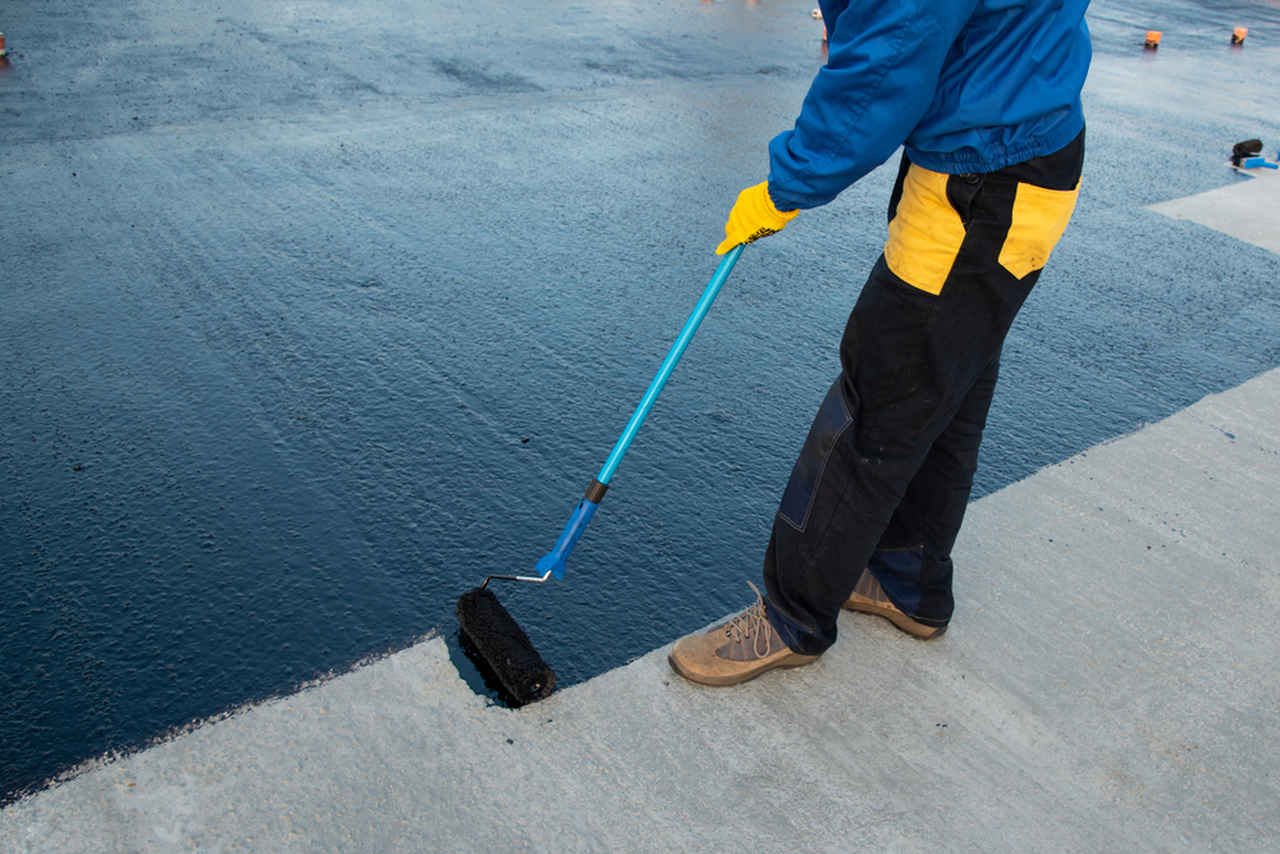
Many synthetic and organic materials, including plastics, rubbers, adhesives, adhesives, foams, paints, and sealants, are based on polymers. The most common uses of polymers in construction include paints, waterproofing membranes, sealants, roofing and floor coatings, and all kinds of materials we can think of.
With the development of thousands of polymers on the market in the laboratory environment, products used for new applications are always emerging. Polymers, which are found in almost every material in homes, are especially effective in waterproofing. Polymer-based insulation materials, which can be applied on a wide variety of surfaces such as concrete, steel, aluminum, wood, and bitumen covers, maintain their performance even at low temperatures, and have high acid and base resistance, are among the indispensables of building projects.
How to Apply Polymer-Based Insulation Materials?
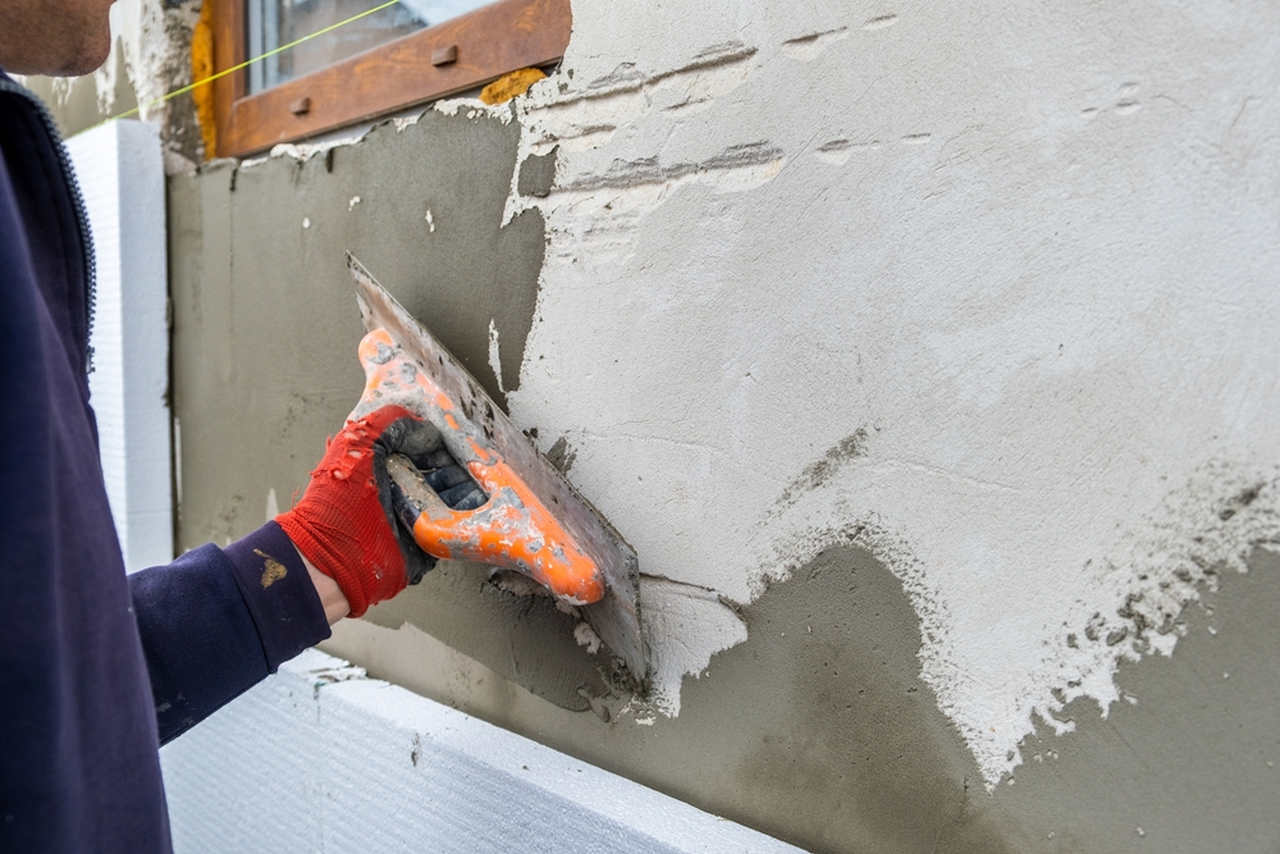
Polymer-based insulation materials are offered by Baumerk in different types. The application of the materials offered as cover and liquid is also done differently.
The most important point to be considered when applying SBS Modified, Bituminous Waterproofing Membrane is that the application area should be free from dust and dirt. If there are defects on the surface, they are corrected with mortar. Then, polymer based bituminous cover is laid on the membrane primer placed on the surface and adhered to the surface using a torch flame,
When applying HYBRID 120 or HYBRID 115, the surface is cleaned of all elements and cracks are smoothed. Then, the products, which are already ready for use, are applied to the surface in two coats using a brush, roller or spray gun.

SUPER TACK 290, another polymer-based product in the Baumerk product catalog, is used for bonding water stop tapes to the surface. Thanks to its excellent adhesion performance, it provides the same efficiency for a long time in the areas where it is applied. As with other materials, the surface must be completely cleaned of dirt and dust before application. Then SUPER TACK 290 is applied vertically and horizontally at 10-15 cm intervals to allow air passage. Finally, the material to have adhered is placed by applying light pressure so that the adhesive thickness is a minimum of 2-3 mm.
We gave the answer to the question of what is a polymer by making a detailed examination. In addition, we also explained the usage areas of polymer and how polymer-based products used for waterproofing are applied. Let us remind you that you can find polymer-based waterproofing materials and many other insulation materials among Baumerk construction chemicals! You can contact Baumerk to meet your needs in your building projects in the most accurate way.
You can also read our content titled What Are Bitumen And Bitumen Waterproofing? to have detailed information about waterproofing, and take a look at our informative blog contents on the construction sector.
